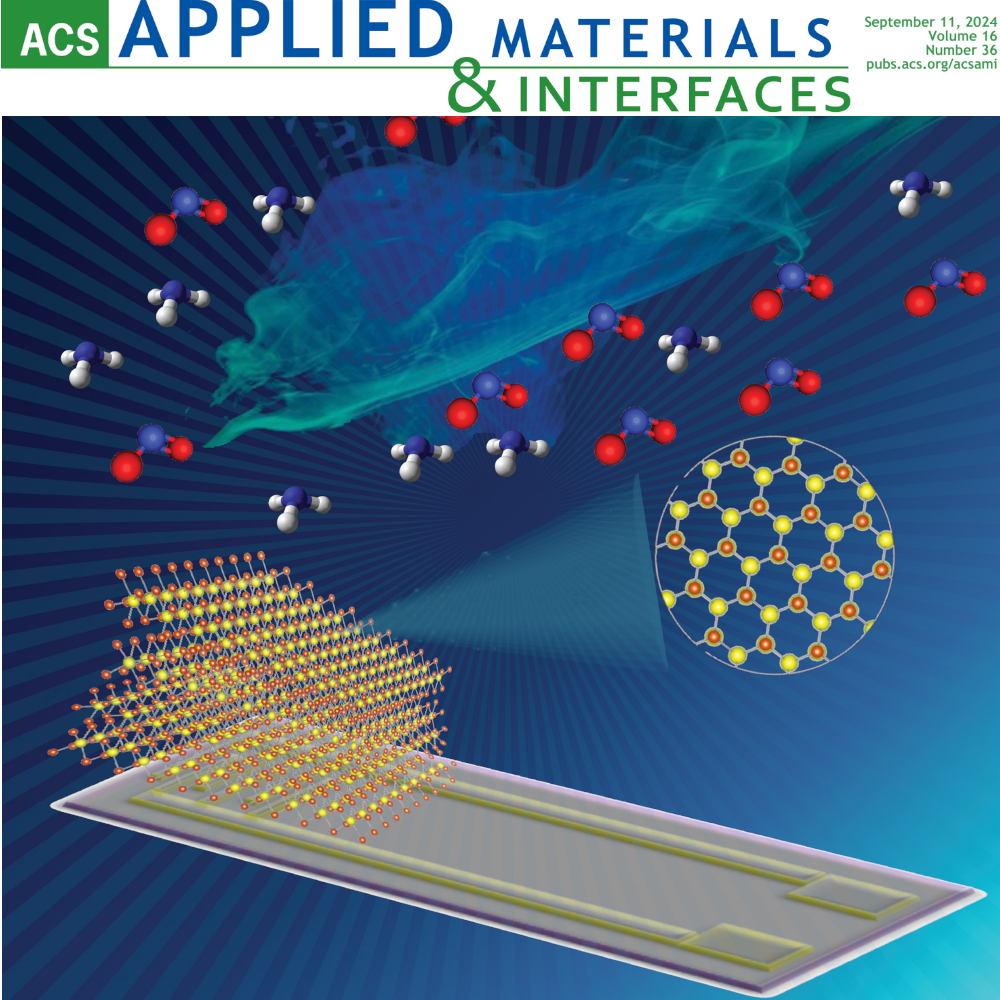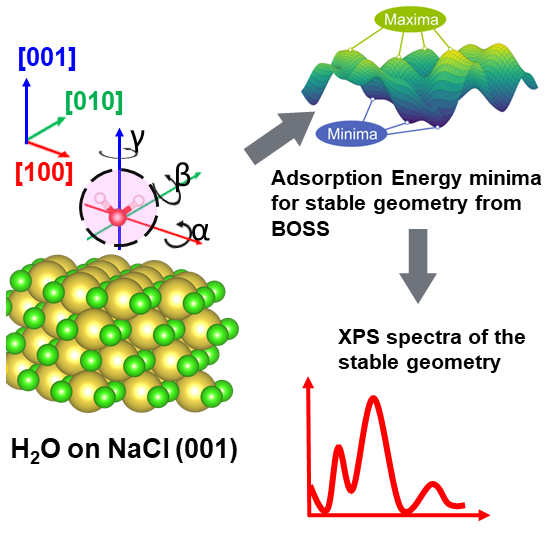Health and Climate

Multi-objective Bayesian optimisation of gas sensors
Project Lead: Ransell D’Souza
For the rational design of toxic gas sensors, it is equally important to optimise molecular gas adsorption to the substrate and maximise sensor response. We combine multi-objective Bayesian optimisation with density functional theory and Boltzmann transport equations to compute and balance different functional properties and sensor design considerations.
Partner(s): Prof. Eduard Llobet, Universitat Rovira i Virgili, ES

Exploring graphene-based biosensing of estradiol hormone
Project Lead: Saara Sippola
Innovative carbon-based electrochemical sensors were proposed to measure blood hormone levels, but little is known about the hormone adsorption mechanisms at the nanoscale. We teamed up with our MHT colleagues for an AI-driven study of 17-Beta-estradiol adsorption on graphene substrates.
Partner(s): Prof. Emilia Peltola, Materials in Health Technology group, UTU

Biosensors for dopamine based on single-walled carbon nanotubes
Project Lead: Saara Sippola and Matilda Laurila
Dopamine is an important neurotransmitter and recent experimental studies show that it can be detected by carbon nanotubes, depending on their chirality. Our AI-driven adsorption study will shed light on the atomic mechanisms behind this process.
Partner(s): Prof. Emilia Peltola, Materials in Health Technology group, UTU

Decoding the surface chemistry of atmospheric aerosols
Project Lead: Mandira Das
Aerosol particles in the atmosphere grow by adsorbing layers on water and atmospheric molecules, but their surface chemistry and reactivity is not well understood. Our AI-driven adsorption simulations for atmospheric molecules on aerosol surfaces will help clarify the observations in ambient pressure X-ray photoelectron spectroscopy (AP-XPS) experiments.
Partner(s): Prof. Nønne Prisle, ATMOS group, University of Oulu, FI
